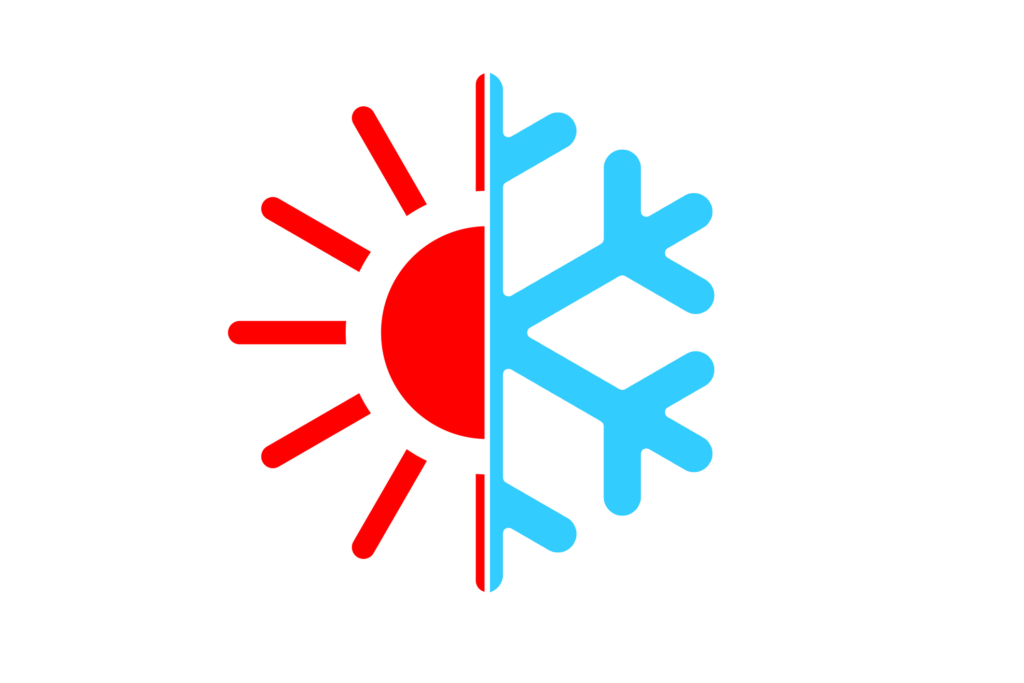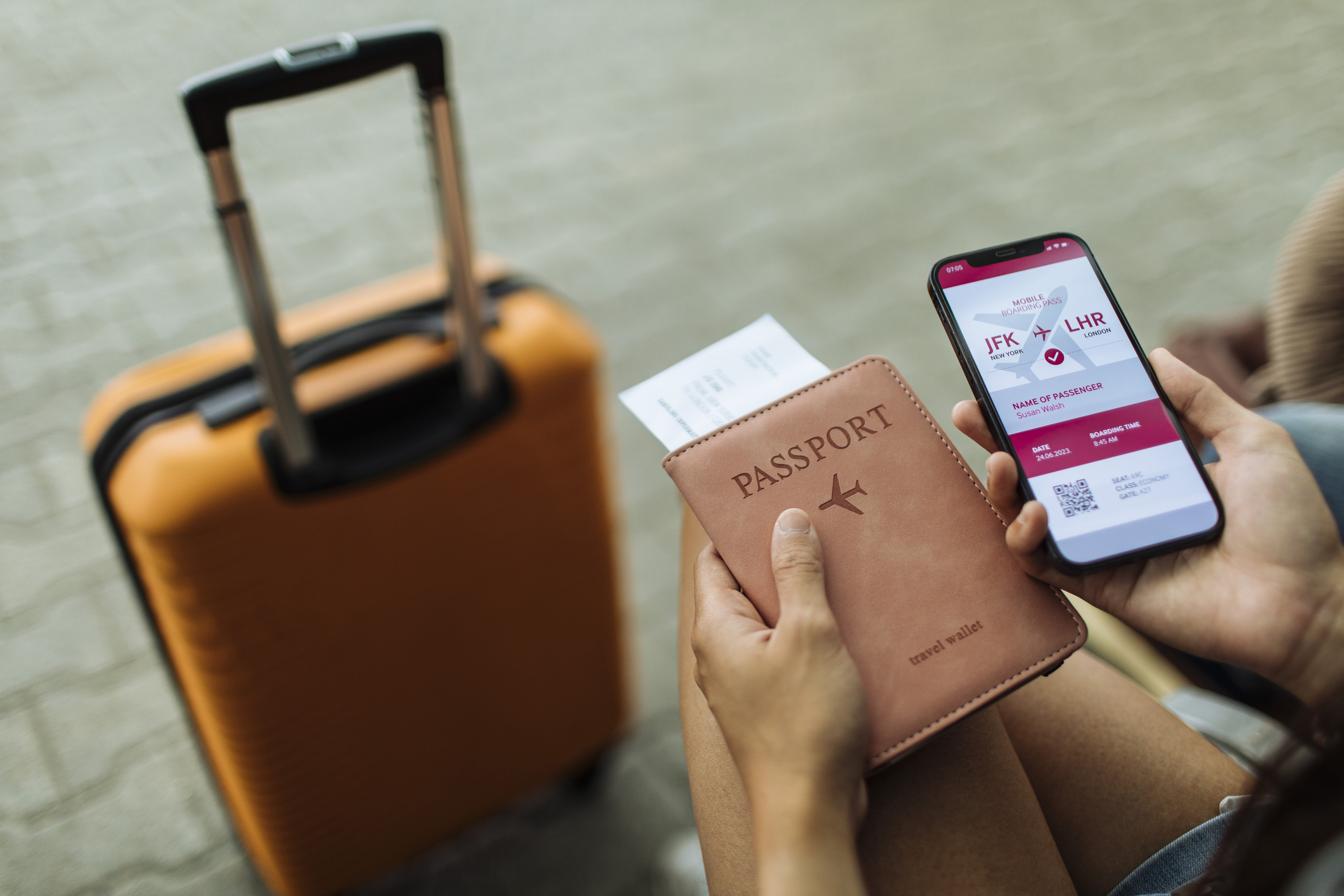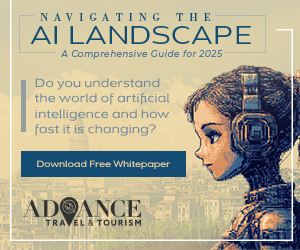
Weather Trigger Targeting: Ads That Adapt
Weather trigger targeting, at its core, is about making your digital advertising as responsive as the weather itself. It’s a strategic approach that allows marketers to tailor their ads based on real-time and forecasted weather conditions in specific locations. Imagine a traveler in a city experiencing a sudden heatwave. They’re likely thinking about escaping to cooler climates or seeking refreshing activities. This is precisely when a weather-triggered ad for a mountain resort or a lakeside retreat would be most effective.
Essentially, weather trigger targeting leverages real-time weather data – encompassing parameters like temperature, precipitation type (rain, snow, hail), humidity levels, wind speed, UV index, and even pollen count – to deliver contextually relevant messages to consumers. It’s about triggering ads when the weather aligns with a predefined set of parameters that directly influence consumer behavior and purchasing decisions.
How Does it Work? The Technology Behind the Forecast.
Weather trigger targeting uses smart tech to show the right travel ads at the perfect time, based on what’s happening with the weather. It’s about making your ads as responsive as the environment around your potential customers. The essential components for a successful weather trigger targeting initiative:
- Weather Parameters: Trigger campaigns utilize a range of weather data, including temperature, precipitation type (rain, snow), humidity, wind speed, UV index, and even pollen count, depending on the platform’s capabilities.
- Location Data: Precise location information is crucial to ensure ads are delivered to the right geographic areas experiencing the targeted weather conditions.
- Dynamic Ad Delivery: The magic lies in real-time adjustments. As weather patterns shift, displayed ads dynamically change, maintaining relevance and maximizing impact.
Weather trigger technology allows marketers to pre-set parameters that automatically activate campaigns when specific weather conditions arise. For instance, a sudden cold snap in a major metropolitan area could trigger ads for warm-weather getaways to your destination. Conversely, a heatwave could prompt ads for cool, refreshing mountain retreats.
Weather Triggers in Action: Real-World Examples.
Consider a destination marketing organization (DMO) promoting a beach resort. When a heatwave hits a major feeder market, the DMO can trigger ads showcasing cool ocean breezes and relaxing beach activities. Or, if a snowstorm blankets a region, ads for ski resorts and winter adventures can be automatically launched.
Furthermore, weather forecasts are often more influential than the actual weather. Anticipating a prolonged period of rain can prompt ads for indoor attractions, museums, or cultural events.
Weather trigger targeting can appear on a variety of platforms including Digital out-of-home (outdoor billboards, point of purchase screens, transportation, and more) and online digital campaigns.
“Weather trigger targeting provides an incredible advantage to marketers. It enables us to reach customers at the exact moment they are thinking about travel,” said Bridget Cerrone, Senior Travel Marketing Strategist at AMNY Travel & Tourism. “It is a tool that allows us to be proactive, rather than reactive.”
Benefits: Relevance, Engagement, and Results.
Now that we’ve explored the practical applications of weather trigger campaigns, let’s delve into the tangible benefits they offer. By seamlessly aligning ads with real-time conditions, marketers are not just showing ads; they’re delivering contextually relevant experiences that resonate with potential travelers. This translates into increased engagement and ultimately, better results.
- Increased Relevance: By aligning ads with current weather conditions, you deliver messages that resonate with consumers, increasing their likelihood of engagement.
- Improved Click-Through Rates: Relevant ads are more likely to capture attention and drive clicks.
- Enhanced Customer Engagement: Timely, personalized ads create a sense of connection, fostering stronger customer interaction.
Ultimately, weather trigger targeting presents a valuable opportunity to connect with travelers by tapping into the direct influence of their surrounding environment. By delivering ads that are relevant to current weather conditions, marketers can achieve greater engagement and see tangible results.
At AMNY Travel & Tourism, we have the expertise to implement these strategies effectively. Our team of travel marketing experts assists partners in identifying the most relevant weather parameters, developing dynamic ad content, and ensuring seamless integration with your existing marketing efforts. If you’re interested in exploring how weather-driven marketing can enhance your travel business, we invite you to contact us to discuss tailored solutions.




